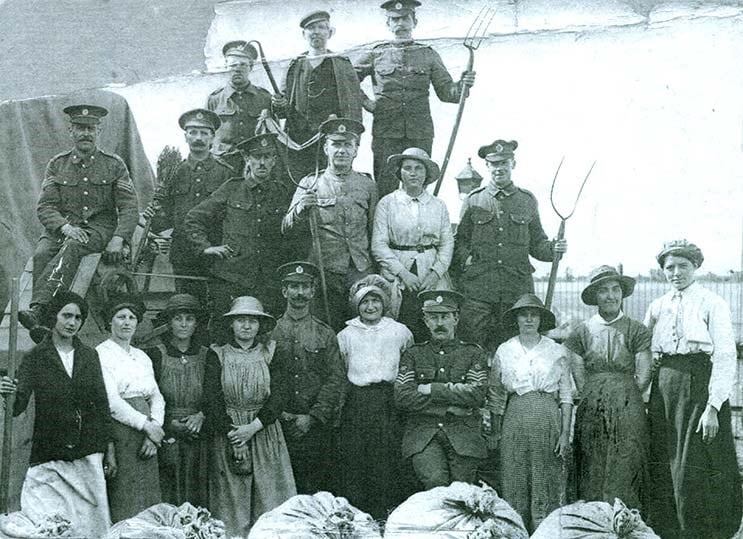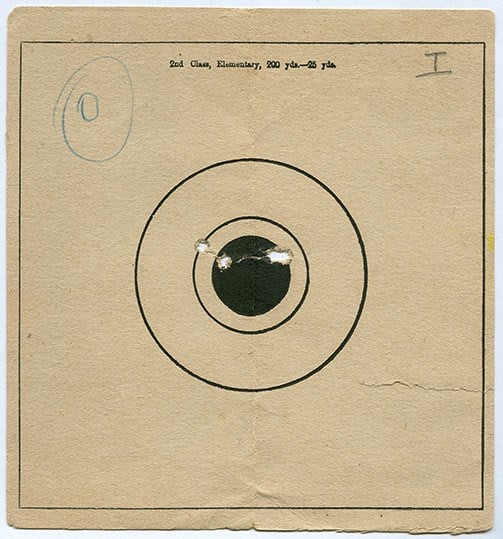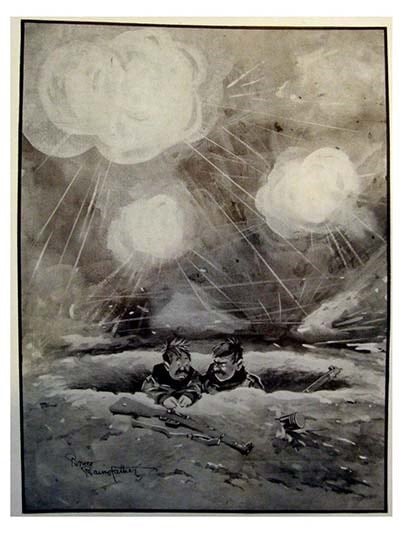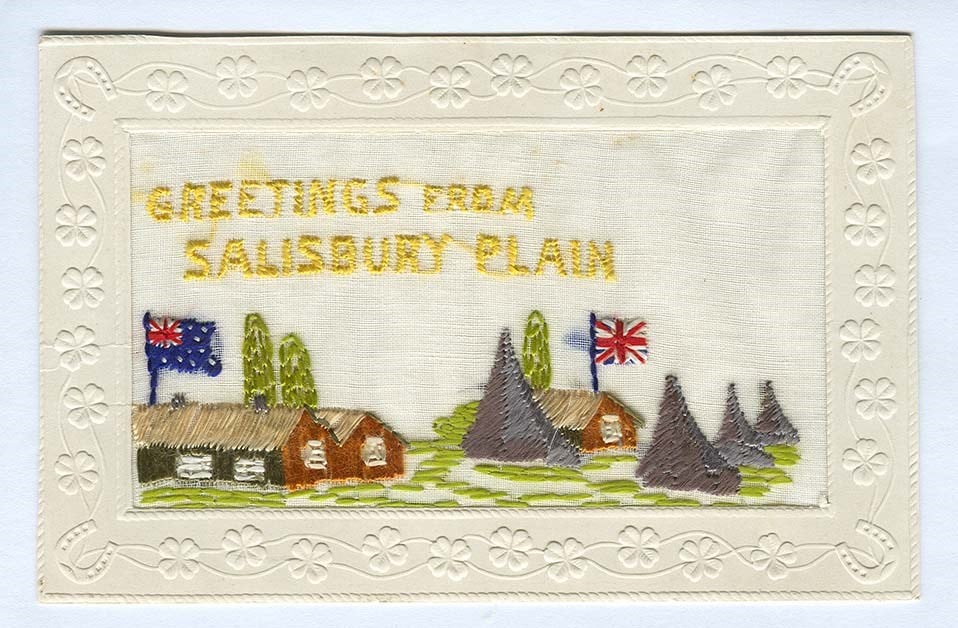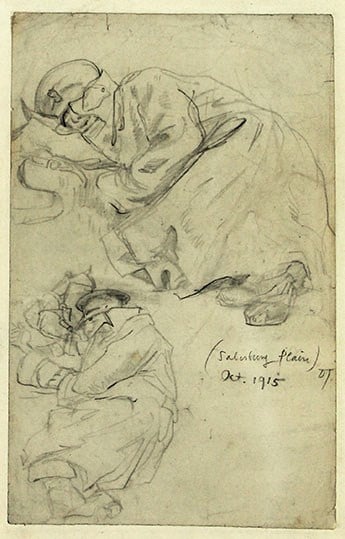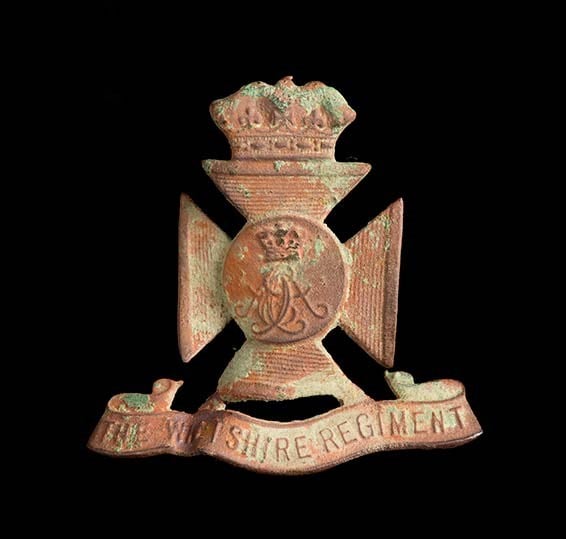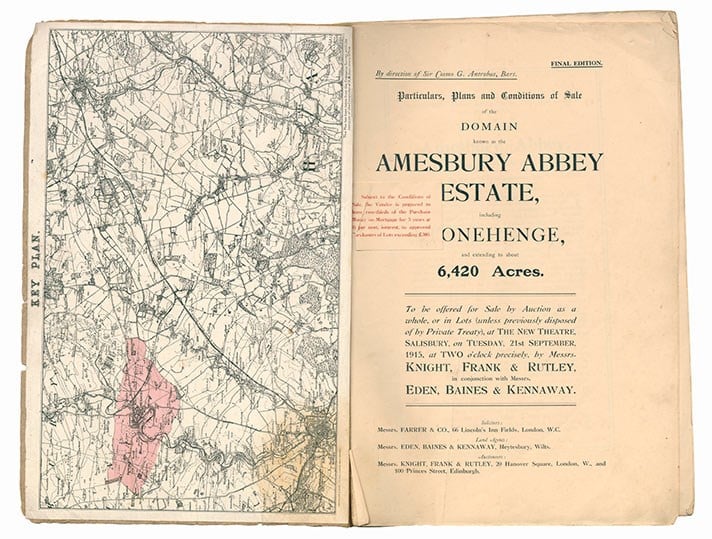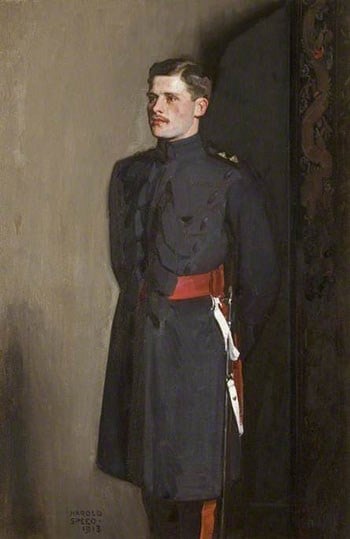Find out more
-
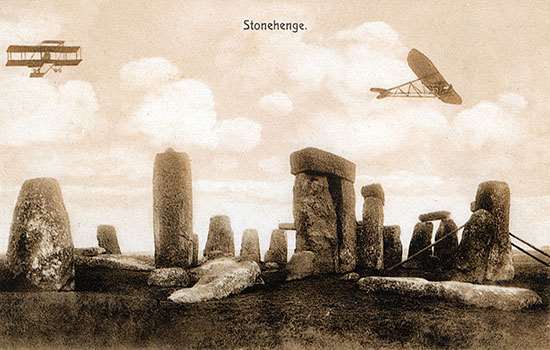
The First World War Stonehenge aerodrome
As they travel from the visitor centre to the stones, few of today’s visitors to Stonehenge realise they are crossing the site of a First World War airfield. Find out more.
-
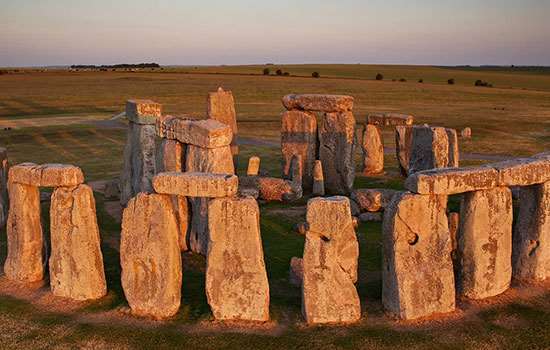
History of Stonehenge
Read a full history of one of the world’s most famous prehistoric monuments, from its origins about 5,000 years ago to the 21st century.
-
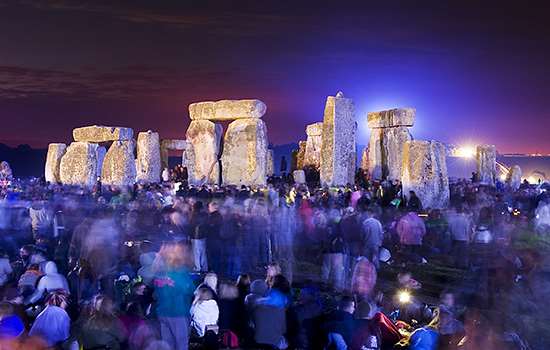
Why Does Stonehenge Matter?
Stonehenge is a unique prehistoric monument, lying at the centre of an outstandingly rich archaeological landscape. It is an extraordinary source for the study of prehistory.
-
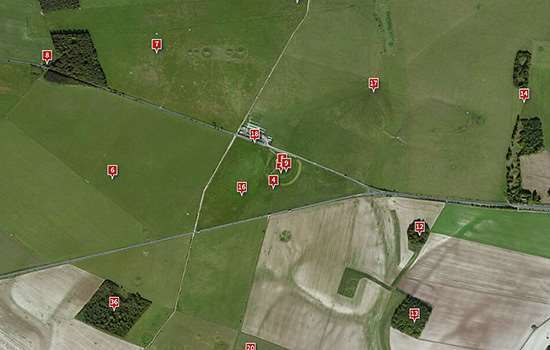
The Stonehenge World Heritage Site Landscape
Explore this interactive map created by Historic England to find out about the latest in-depth research into the Stonehenge World Heritage Site landscape.
-
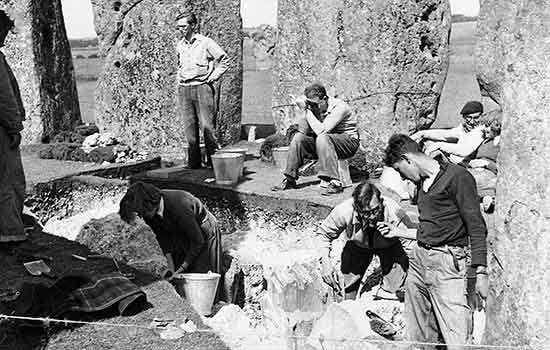
Research on Stonehenge
Our understanding of Stonehenge is constantly changing as excavations and modern scientific techniques yield more information. Read a summary of both past and recent research.
-
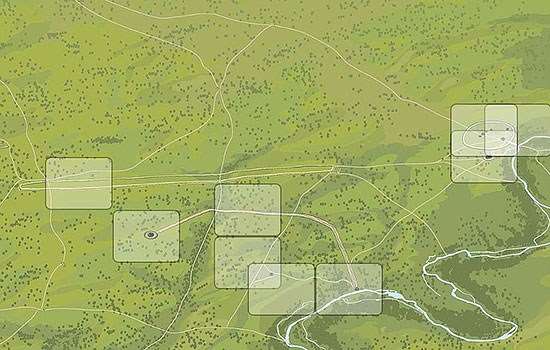
Explore the Stonehenge Landscape
Use these interactive images to discover what the landscape around Stonehenge has looked like from before the monument was built to the present day.
-
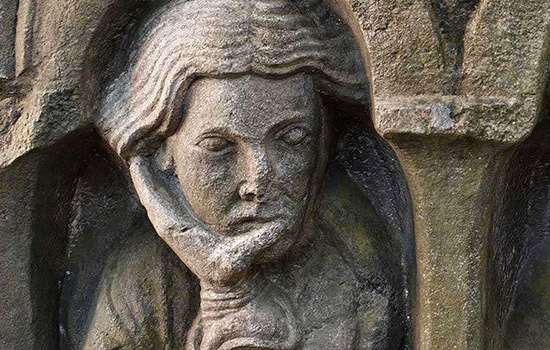
More histories
Delve into our history pages to discover more about our sites, how they have changed over time, and who made them what they are today.
-

England’s prehistoric monuments
England’s prehistoric monuments span almost four millennia. Discover what they were used for, how and when they were built, and where to find them.

